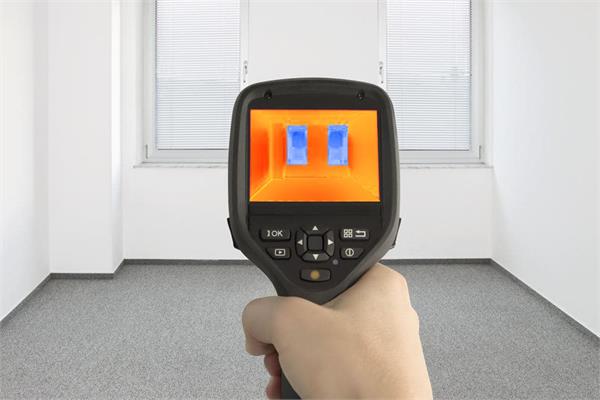
The new graphene nanotubes developed by OCSiAl allow to replace standard carbon additives and increase productivity and performance.
OCSiAl has recently released graphene nanotubes that can replace standard carbon additives in conductive heating paint, therefore increasing productivity and improving performances. While working concentration of carbon additives was around 25% of the total weight compound, the one of OCSiAl new graphene nanotubes is only 0.5%.
Graphene nanotube coatings, paints and varnish solutions for residential heating have already passed the development phase and are now entering the global market in the form of eco-friendly heating panels and conductive paints. For example, applying only 6 square metres of heating paint with nanotubes will be enough to heat a room with an area of 50 square metres.
“Conductive additives have been introduced into primers and paints for years, and we can observe some carbon-based solutions on the market. However, in comparison with carbon black, graphite, or metal parts, nanotubes make it possible to obtain a more uniform consistency of paint and do not affect its practical properties. The key for manufacturers is the ability to speed up production and reduce costs, while gaining an improvement in the properties of the final products,” stated Vladimir Kravchenko, Vice-President, Development and Support Leader for Thermoplastics, Thermoset and Construction Materials at OCSiAl.
The new product developed by OCSial is applied to walls or panels through an ultra-thin coating layer. The copper electrodes supply a current of 12–24 volts that allows to heat the paint up to 40 °C without being harmful in case of human contact. The specific heating temperature can be regulated either using sensors or manually. Then, the surface is covered with a standard paint.